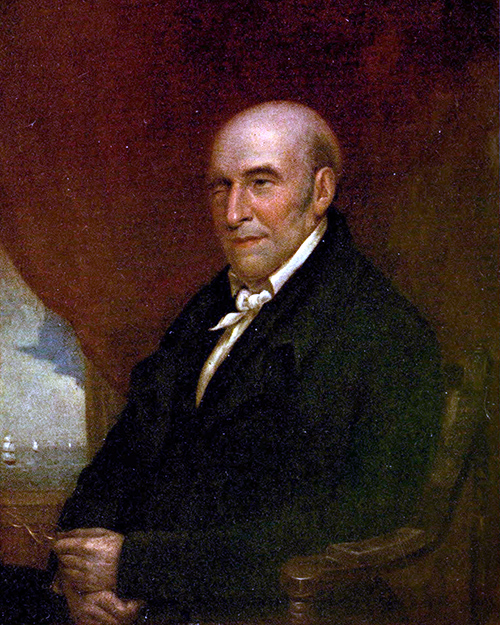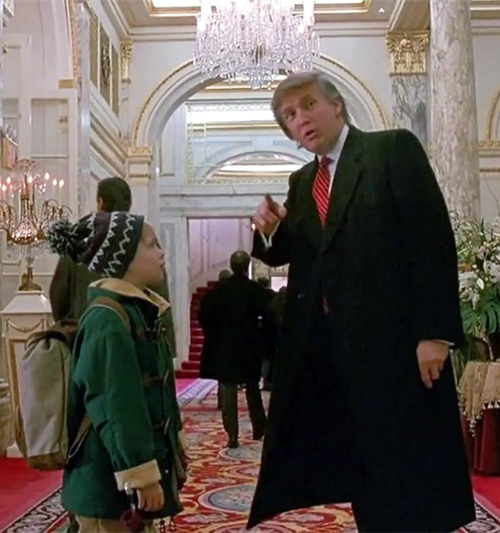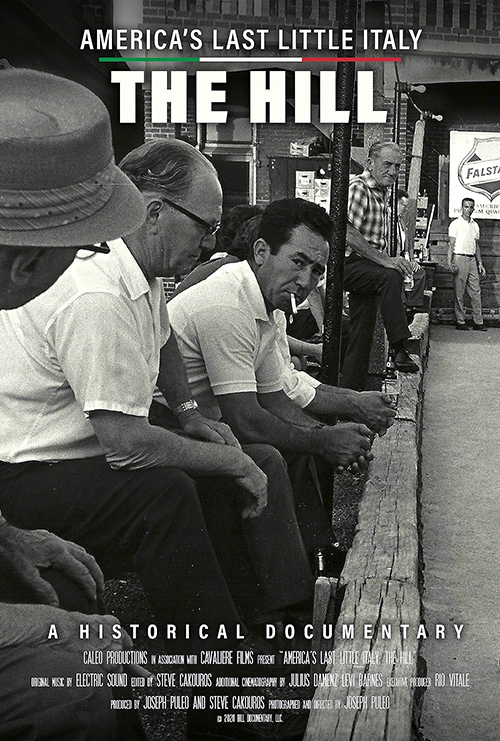America has had a love-hate relationship with immigration ever since the French arrived in Canada, and the Virginia Company was founded (in 1606) to settle sections of the North American coast.
French Canada wanted the Ontario region to be more French, and the Virginia Company wanted the colonies to be predominately English.
I’ve discussed Americans resenting immigrants (while at the same time Big Business needing immigration).
However, I’ve not written an entire memorandum.
Like many third-generation Americans, I’ve enjoyed the “polite fiction” that we live in a “happy melting pot,” and that most Americans believe in “liberty and justice for all.”
Over the last few years, I’ve come to the realization that this may be a delusion.
By necessity, the Americas were originally settled by men.
(Of the first 18 Puritan wives who sailed on the Mayflower, 13 died during the first winter.)
During the early years of settlement, many men developed romantic partnerships with indigenous women.
However, the TPTB back in Europe frowned upon these relationships.
(My 2/8/24 memorandum: “Tobacco Wives and King’s Daughter” deals with how the French, and British, governments dealt with the issue of not enough “white” women.)
Later, the Founding Fathers made disparaging remarks about non-Anglo-Saxon immigrants.
Men of British heritage (like Ben Franklin and Thomas Jefferson), worried as Anglo-Saxon families journeyed back to the safety of Britain, while rude Germans and unintelligible Swedes kept arriving.
Then, as now, the Founders were displeased with the quality of the immigrants.
It wasn’t enough that newcomers be from the British Isles; the Irish were despised, about as much as the Germans.

As a woman of Southern Italian descent, this hatred is difficult to understand.
How are Brits able to dislike a people that looks, and acts, so similarly?
However, there’s a long history of Anglo-Saxons holding the Irish in contempt.
Just as ambitious Southern Italians traveled up to Lombardy, to find work after WWII, ambitious Irish men and women traveled to Britain, and the U.S., to “better themselves.”
However, while they did find jobs, Irish people didn’t find acceptance, especially at first.
The book Jane Austen’s England, by Roy and Lesley Adkins, makes clear that the Irish poor were considered the lowest of the low in England.
(The Adkins book covers the period from 1775-1817.)
In describing his fellow countrymen, teacher Thomas Finnegan said:
The [Irish] children were most depraved; they are exposed to every species of vice. . . and as for the parents, they are very dissolute, generally; on Sundays particularly they take their children with them to public houses.
After a few generations, however, the Irish were forgiven for not being Anglo-Saxon.
It’s no accident that—with the exceptions of Van Buren (Netherlands), Eisenhower (Germany), and Trump (Germany and Scotland)—all U.S. Presidents have had strong Anglo-Saxon, and/or Irish roots, on at least one side of their family trees.
(Scotland is only partially Anglo-Saxon.)
In nearly 250 years, there have been no primarily Italian, French, Greek, Slavic, Jewish, Hispanic, or Asian U.S. Presidents.
President Obama’s father was born in Kenya; ancestors on his maternal side were mostly Northern European and lived in this country since the early 1600s (earlier than the Mayflower).
While not having Anglo ancestors is detrimental to being elected President, this “hardship” has not been as big a barrier to making money.
From the beginnings, recent immigrants have built fortunes faster than other Americans.
The first American millionaire was a Frenchman named Stephen Girard (1750-1831).
Today, one of the richest persons is Elon Musk, born in South Africa.
Studies attempt to analyze why entrepreneurship is so much stronger among first-generation Americans, than it is among Americans with long histories on American soil.
Seventeen Chinese men were lynched during the Los Angeles Massacre of 1871.
The Columbus Day holiday (1891) was a direct result of eleven dark-skinned Sicilian immigrants being lynched in New Orleans.
While these stories are horrific, we should remember that at least 6,400 African-American kidnapped immigrants—a group that didn’t arrive willingly—were lynched in the U.S., since the Civil War.
(”There Have Been More than 6,400 Lynchings Since the End of the Civil War, New Study Reveals” by Anagha Srikanth, 6/16/2020, The Hill.)
Lynching creates fear, and fear is a method of keeping the underclasses down.
There’s little about the war against immigrants in grade school and high school textbooks.
Instead, we learn bits and pieces in college-level history courses, on Finding Your Roots (PBS), or the podcast “Untextbooked.”
I recently discovered a series of Chicago Tribune columns—one entitled ”Many Sicilians Are Here; Difficult to Assimilate”—in which anthropologist George A. Dorsey (1868-1931) expressed theories about Sicilian-Americans that are similar to what Trump is saying about current immigrants.
In one 6/4/1910 column, Dorsey said that Sicilians make zero contributions to American society, because Sicily is a land of “mediocre genius.”
He goes on to say that many Sicilian immigrants are criminals and Sicilian women are uneducable.
(One passage describes a Palermo woman drawing a knife on a physician.)
Statistics prove that immigrants are 30% less likely to commit crimes than home-grown criminals.
However, no one cares about statistics.
Trump signed a Deferred Enforced Departure (DED) bill on 1/20/2021, giving an estimated 200,000 Venezuelan exiles protection from deportation, but no one cares about that either.
(Link to Politico article “Trump grants Venezuelans Temporary Legal Status on His Way Out,” 1/19/21, by Sabrina Rodriquez.)
The fact remains that it isn’t just American society that’s built on immigration.
It’s human society.
Only a small number of us have sent our DNA to Ancestry, or 23 and Me.
Yet, so far, 10% of Southern “white” Americans are shown to have some Black ancestry.
Before Great Britain welcomed immigrants from Africa and Asia, England itself was a blend of Anglo-Saxons, Normans, Celts, and Scandinavians.
(As Dorothy L. Sayers put it, “the English are mongrels, and . . . they pride themselves upon being mongrels.”)
Each of us is a blend, even if we’re 100% Northern European, 100% Southern European, Asian, Jewish, Black, or any other type of person.
Borders around countries aren’t solid.
Every region of the world has ethnic divisions.
Some Mexican-Americans lived on the same land since the 1700’s.
However, now that land isn’t part of Mexico; it’s part of the USA.
Ukrainians know themselves as a separate ethnic grouping, but Putin insists that Ukrainians are Russians.
Italy didn’t become a separate Italianate country until 1861.
(Giuseppe Garibaldi, who unified Italy, had hoped to make Nice—his birthplace—part of Italy, but he failed.)
It’s all a crap shoot whether you call yourself—Italian or French, Mexican or American, German or Slavic, Ukrainian or Russian, white or Black. Wars, social constructs, or forgetting your history, may place you on the “wrong side” of a divide.
*In 1967’s Quatermass and the Pit, Andrew Keir was Dr. Quatermass; James Donald was Dr. Roney; and Barbara Shelley was Barbara Judd (shown above, wearing the remnants of an EEG-like device that read her brain waves).
































